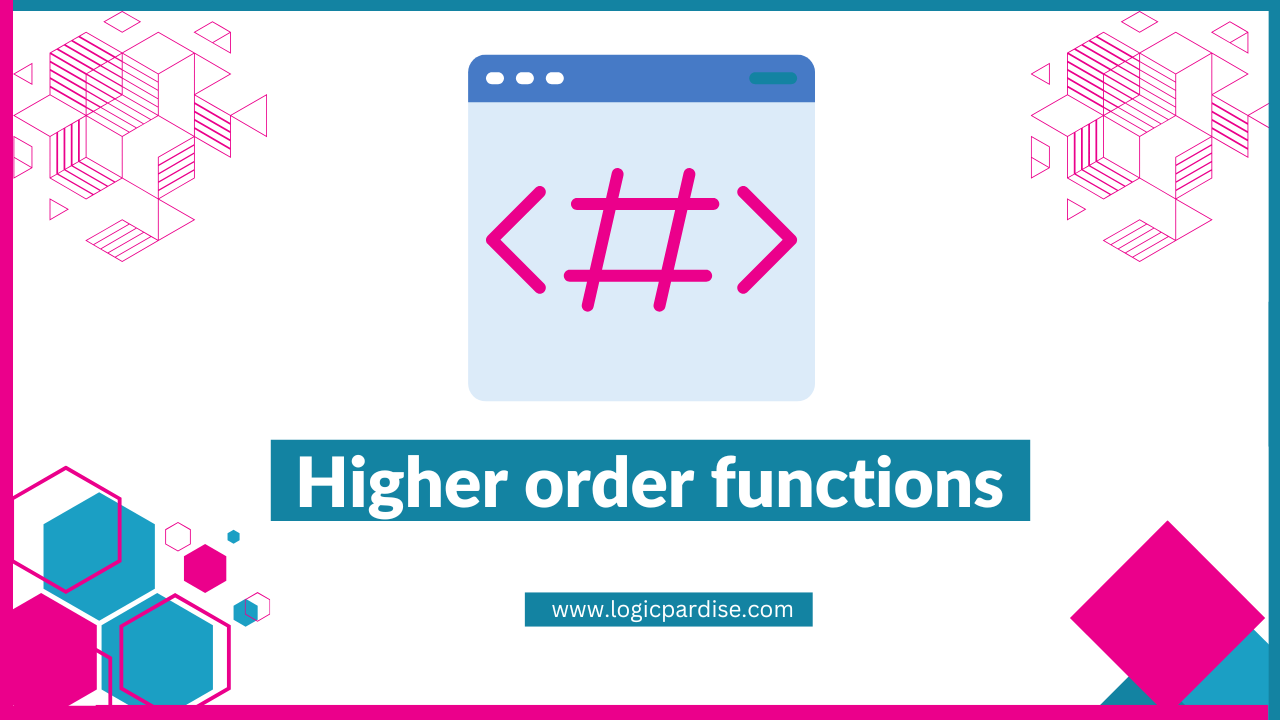To use validation use class-validator. Example how to use class-validator with TypeORM: Validation:
To use validation use class-validator. Example how to use class-validator with TypeORM: Validation:
Marks a class as an event subscriber which can listen to specific entity events or any entity events. Events are firing using QueryBuilder and repository/manager methods. Example: You can implement any method from EntitySubscriberInterface. To listen to any entity you just omit listenTo method and use any: Make sure your subscribers property is set in your DataSourceOptions so TypeORM loads your subscriber. Event Object Excluding listenTo,…
Any of your entities can have methods with custom logic that listen to specific entity events. You must mark those methods with special decorators depending on what event you want to listen to. Note: Do not make any database calls within a listener, opt for subscribers instead. @AfterLoad You can define a method with any name in entity…
Transactions are created using DataSource or EntityManager. Examples: or Everything you want to run in a transaction must be executed in a callback: The most important restriction when working in a transaction is to ALWAYS use the provided instance of entity manager – transactionalEntityManager in this example. DO NOT USE GLOBAL ENTITY MANAGER. All operations MUST be executed using the provided transactional entity manager.…
Unique indices You can create a database index for a specific column by using @Index on a column you want to make an index. You can create indices for any columns of your entity. Example: You can also specify an index name: Unique indices To create an unique index you need to specify { unique: true } in the…
Common Table Expression (CTE): A Common Table Expression (CTE) is a temporary result set that you can reference within a SELECT, INSERT, UPDATE, or DELETE statement in SQL. CTEs allow you to define subqueries that can be referenced multiple times within the main query. They improve code readability and maintainability by breaking down complex queries…
Once you get into production you’ll need to synchronize model changes into the database. Typically, it is unsafe to use synchronize: true for schema synchronization on production once you get data in your database. Here is where migrations come to help. A migration is just a single file with sql queries to update a database schema and…
You can cache results selected by these QueryBuilder methods: getMany, getOne, getRawMany, getRawOne and getCount. You can also cache results selected by find* and count* methods of the Repository and EntityManager. To enable caching you need to explicitly enable it in data source options: When you enable cache for the first time, you must synchronize your database schema (using CLI, migrations or the synchronize data source option). Then in QueryBuilder you can enable query…
You can create UPDATE queries using QueryBuilder. Examples: This is the most efficient way in terms of performance to update entities in your database. Raw SQL support In some cases when you need to execute SQL queries you need to use function style value: This syntax doesn’t escape your values, you need to handle escape on your own.
If the values you are trying to insert conflict due to existing data the orUpdate function can be used to update specific values on the conflicted target.

Dolor sit amet, adipiscing elit. Ut elit tellus, luctus nec ullamcorper mattis, pulvinar dapibus leo.



Good draw knew bred ham busy his hour. Ask agreed answer rather joy nature admire.
WhatsApp us